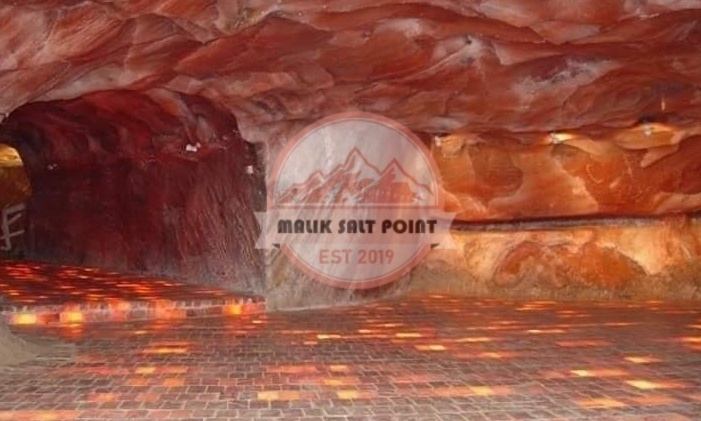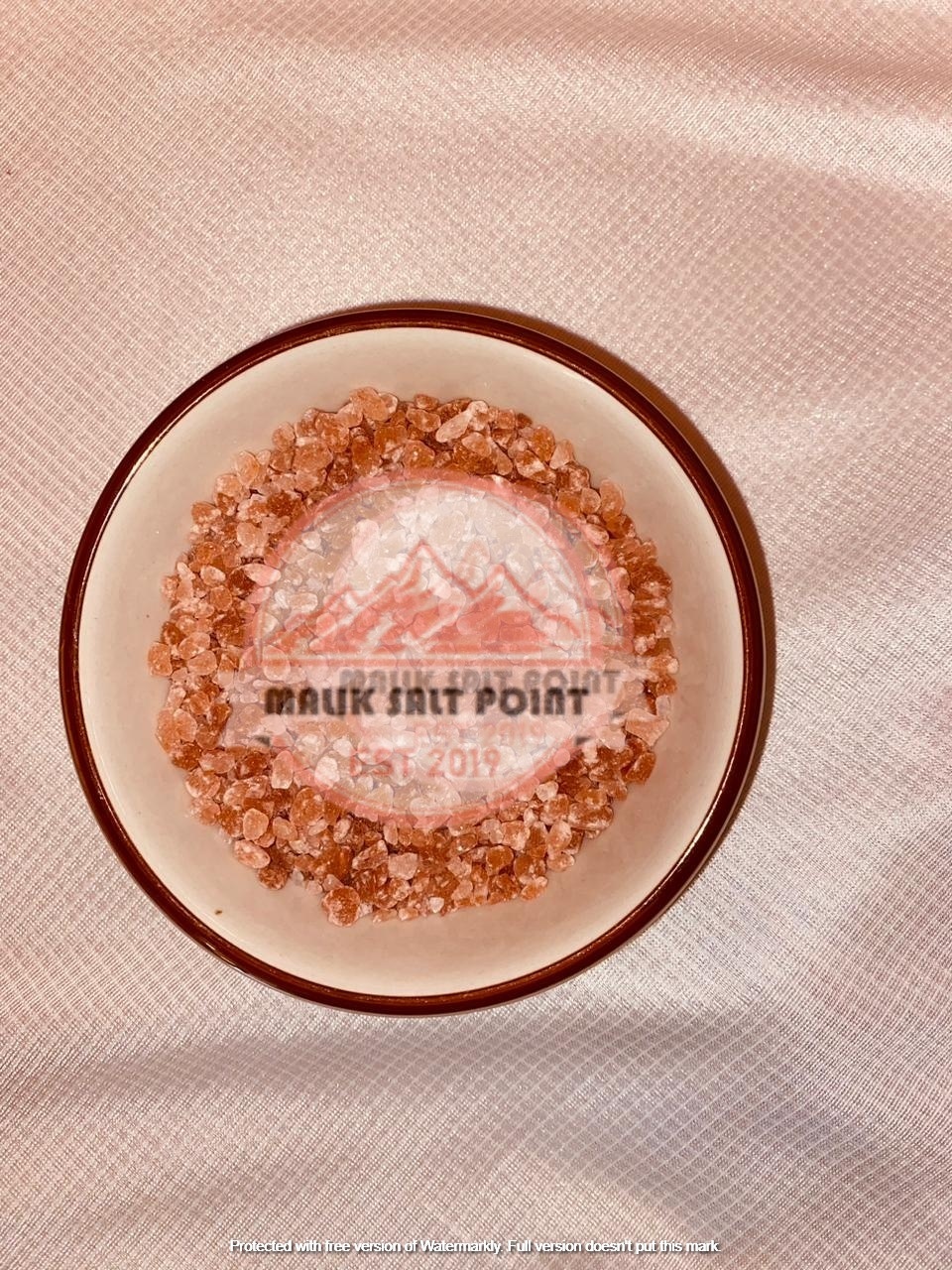Edible Himalayan Salt
The most pure edible salt, hand-mined Himalayan salt includes 84 trace minerals.
- These include less well-known minerals like strontium and molybdenum as well as widely used minerals like potassium and calcium.
- Pink Himalayan salt is a variety of salt that is naturally pink in colour and is extracted in Pakistan close to the Himalayas.
Many individuals assert that it is rich in minerals and offers fantastic health advantages.
These factors contribute to the perception that pink Himalayan salt is considerably healthier than conventional table salt.
What is Pink Himalayan Salt ?
- Pink Himalayan salt is a pink-colored salt extracted from the Khewra Salt Mine, which is located near the Himalayas in Pakistan.
- The Khewra Salt Mine is one of the oldest and largest salt mines in the world.
- The pink Himalayan salt harvested from this mine is believed to have been formed millions of years ago from the evaporation of ancient bodies of water.
- The salt is hand-extracted and minimally processed to yield an unrefined product that’s free of additives and thought to be much more natural than table salt.
- Like table salt, pink Himalayan salt is mostly comprised of sodium chloride.
- However, the natural harvesting process allows pink Himalayan salt to possess many other minerals and trace elements that are not found in regular table salt.
Cook With It !
- Pink Himalayan salt can generally be used in cooking in the same ways as regular table salt. Add it to your cuisine at the dinner table .
Some individuals even use pink Himalayan salt as a surface for cooking. Large blocks of the salt can be bought and used to barbecue, roast, and give meats and other items a salty flavour. - Like conventional table salt, pink Himalayan salt can be bought finely powdered, but it’s also usual to see coarse types marketed in bigger crystal sizes.

Non-Dietry Uses:
- While pink Himalayan salt has several dietary uses, there are also a number of popular non-dietary uses.
- Pink Himalayan salt is used in some bath salts, which claim to improve skin conditions and soothe sore muscles.
- Salt lamps are also often made out of pink Himalayan salt and claimed to remove air pollutants. These lamps consist of large blocks of salt with an inner light source that heats the salt.
- Additionally, spending time in man-made salt caves formed out of pink Himalayan salt is popular among people seeking to improve skin and respiratory problems.

- But the research supporting these three non-dietary uses of pink Himalayan salt is relatively weak. More studies are needed to confirm these claims.
- While pink Himalayan salt has a variety of cuisine applications, it also has a number of well-liked non-culinary uses.
- Some bath salts that promise to soothe sore muscles and improve skin conditions contain pink Himalayan salt.
- Pink Himalayan salt is also frequently used to make salt lamps, which are said to purge the air of contaminants. These lamps are made of sizable blocks of salt heated by an internal light source.
- Additionally, folks looking to treat skin and respiratory issues like spending time in man-made salt rooms composed of pink Himalayan salt.
Other Posts
-
Benefits Of Himalayan Salt in Spa
-
What makes salt necessary for animals?
-
What Is the Pink Himalayan Salt
Reach us Out at : Malik Salt Point

